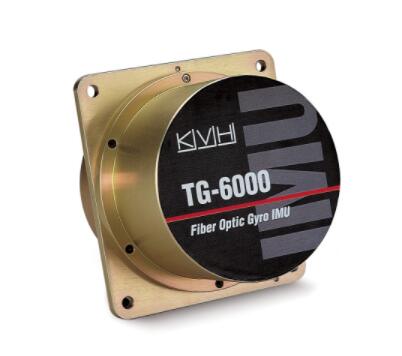Categories
Latest Blog
PM Fiber Application for FOG
Fiber Optical Gyroscope (FOG) is an interferometric fiber optic sensor that has achieved great commercial success. Essentially, a FOG is a rotational and rotational speed sensor that generally consists of three sensing rings of polarization-maintaining fibers, each corresponding to a desired degree of freedom (in aircraft terms: roll, pitch and yaw yaw).

The basic design of the FOG is a perfect illustration of the main benefit of using optical fibers as intrinsic optical sensing elements; optical fibers have the ability to guide and bend light, thus confining ultra-long optical paths into small physical volumes. These longer path lengths amplify relatively weak optical effects, allowing the fabrication of very compact, high-precision sensors. A typical FOG sensing ring consists of 200 to 5000 meters of PM fiber, depending on the required accuracy performance, which is now high enough to challenge the accuracy of laser gyroscopes (Boeing aircraft use laser gyroscopes)
Application of Fiber Optic Gyroscope:Tactical Missile Guidance;Land traffic navigation;Precision spacecraft applications;satellite positioning;Spacecraft etc.
Polarization Maintaining (PM) optical fiber is a key component of Fiber Optic Gyroscopes, devices that measure rotation in missiles, aircraft, ships and satellites. The development of polarization maintaining fibers has accelerated the development and application of fiber optic gyroscopes.They are a type of interferometric sensor in which the phase difference between two light paths is measured.
Standard single-mode fiber guides a single wave of light made up of two components (X and Y) that are guided uniformly, provided the fiber has perfect geometry, material properties and is not bent. Small imperfections such as slight ovality or micro-bends in the fiber can cause minor “birefringence”, resulting in the two components of the wave traveling at slightly different speeds. This difference in speed is not enough to limit cross-coupling which occurs randomly between the 2 components. If polarized light from a laser is launched into a non-PM fiber, the polarization state will degrade as the cross-coupling occurs.
How is PM fiber different? PM fiber is purposely designed to have increased birefringence. There are multiple ways of inducing birefringence in a fiber. OFS uses the “dual stress rod” design in which stress rods of a different coefficient of thermal expansion are inserted into opposing sides of the fiber preform during manufacture and create stress in the fiber resulting in creation of slow and fast axes. When polarized light is launched into only the slow or fast axis, it is less apt to cross- couple to the opposing axis even during bending, so cross-coupling is minimized. Thus the name “polarization maintaining” since the input polarization state is maintained. And you need a PM fusion splicer to splice these treasurable fibers, like FSM100P, Shinho S12PM etc.
Fiber optic gyroscopes usually employ three coils, one for each plane in which rotation can occur. The sensing coils may use hundreds or even thousands of meters in each coil. PM fiber has enabled the use and growth of fiber optic gyroscopes which are often combined with accelerometers and magnetometers in Inertial Navigation Units which measure a craft’s velocity, orientation and gravitational forces.
World leading FOG producer:
LITTON,HONEYWELL,LITEF,SIMITH,HITACHI,FIZOPTIKA
© Copyright: SHINHO OPTICS LIMITED All Rights Reserved.